It’s inevitable. If you go on a road trip (which I did), and the trip is long enough (which it was), you’re bound to get hungry every once in a while (or more frequently than that, if you are me). The result is plenty of time spent in restaurants.
Some people’s thinking follows a pattern: food served, photo taken, photo up on Facebook for the world to see what you ate for lunch today. It’s not that I’ve never done that, but it was never my thing. My thinking went in a different direction: into the toilet.
Literally.
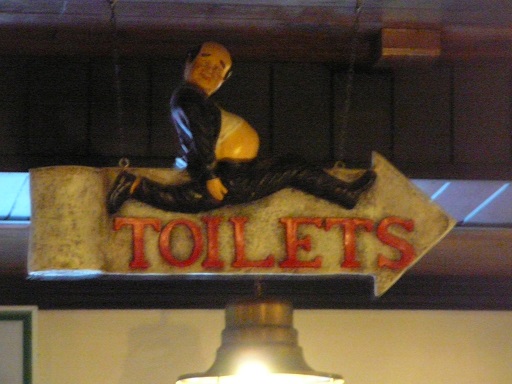
I became enthralled with the creativity that had gone into some of these restaurants’ bathroom doors and just had to capture it. It got so that I was trying to figure out how to monetize my love affair with these doors. A book, I thought. A book full of bathroom doors the world over – wouldn’t that make a great holiday gift. Or maybe an e-book for your Kindle, perfect reading material on the john.
While I sort out the details on this financial goldmine I’m sitting on, here’s a sample, starting off from Ireland …

Krusty Kitchen 
Donegal

Roisin Dubh 
Galway

Taaffes Bar 
Galway

Let’s go to Ecuador next …
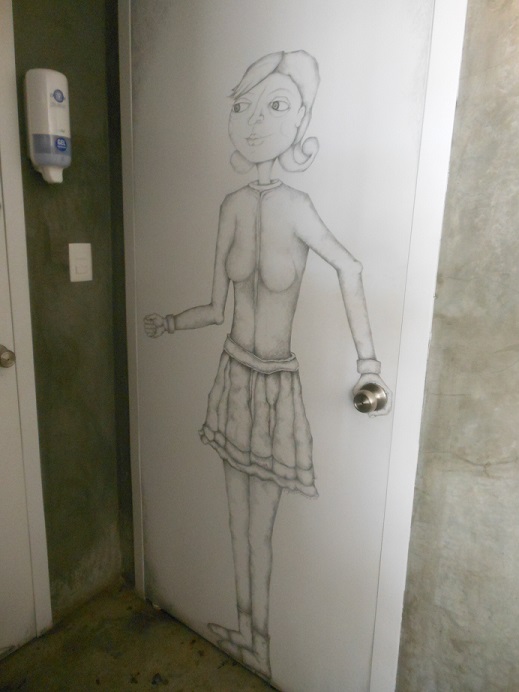
Republica 
Cuenca

Restaurant name forgotten … 
… in Quito
A few from Canada …

Cabernets 
Parksville, British Columbia

Renee’s Soup and Sandwich 
Ladysmith, British Columbia

Unknown bar … 
… in Kelowna, British Columbia

Someplace in … 
… Banff, Alberta
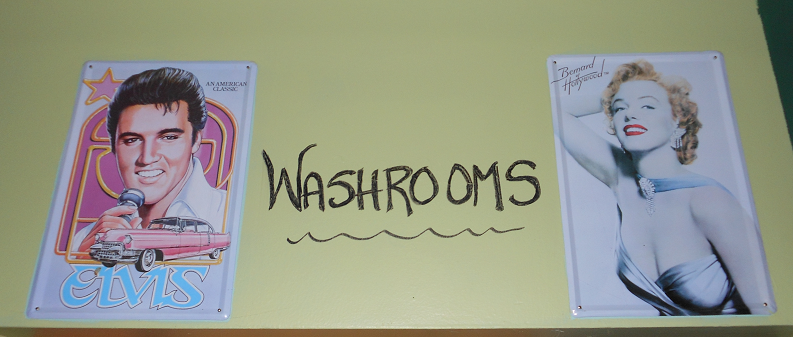
It looks like I was eating and drinking considerably more in the United States. In no particular order …

Somewhere in … 
Emigrant Gap, California

99 Bottles of Beer on the Wall 
Santa Cruz, California
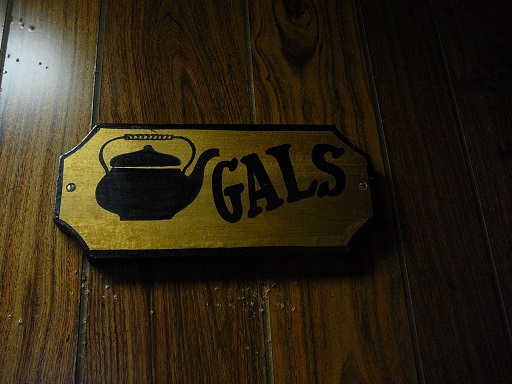
Cappy’s Copper Kettle
Lowell, Massachusetts
Common Man 
Portsmouth, New Hampshire

Donut Connection 
Waldorf, Maryland 
Eggheads
Fort Bragg, California

Guero’s Taco Bar
Austin, Texas
Headhunters
Austin, Texas
Old Martin Courthouse
Williamston, North Carolina
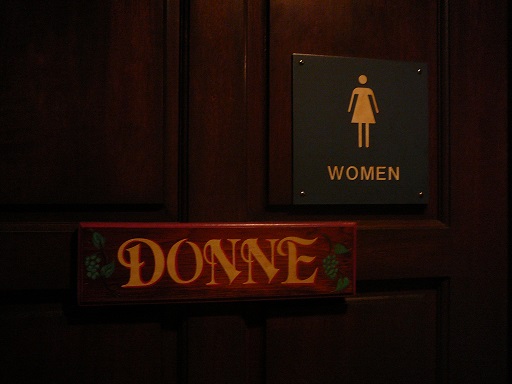
Polcaris 
Stoneham, Massachusetts 
Port of Call
New Orleans, Louisiana

Las Vitas Lounge
Fairfield, Connecticut
Someplace in … 
… New Orleans, Louisiana

Red Arrow Diner 
Manchester, New Hampshire 
South of the Border
South Carolina

Somewhere in … 
Stowe, Vermont

The Museums at 18th & Vine 
Kansas City, Missouri
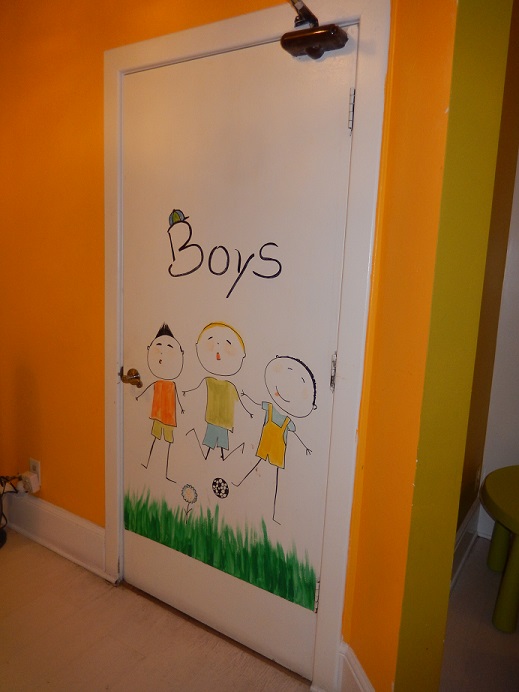
Tutti Frutti 
Asheville, North Carolina

Whale Watcher Cafe 
Big Sur, California
And that, mesdames et messieurs, bouys and gulls, is the end of the tour. Don’t let the door hit you on your way out.